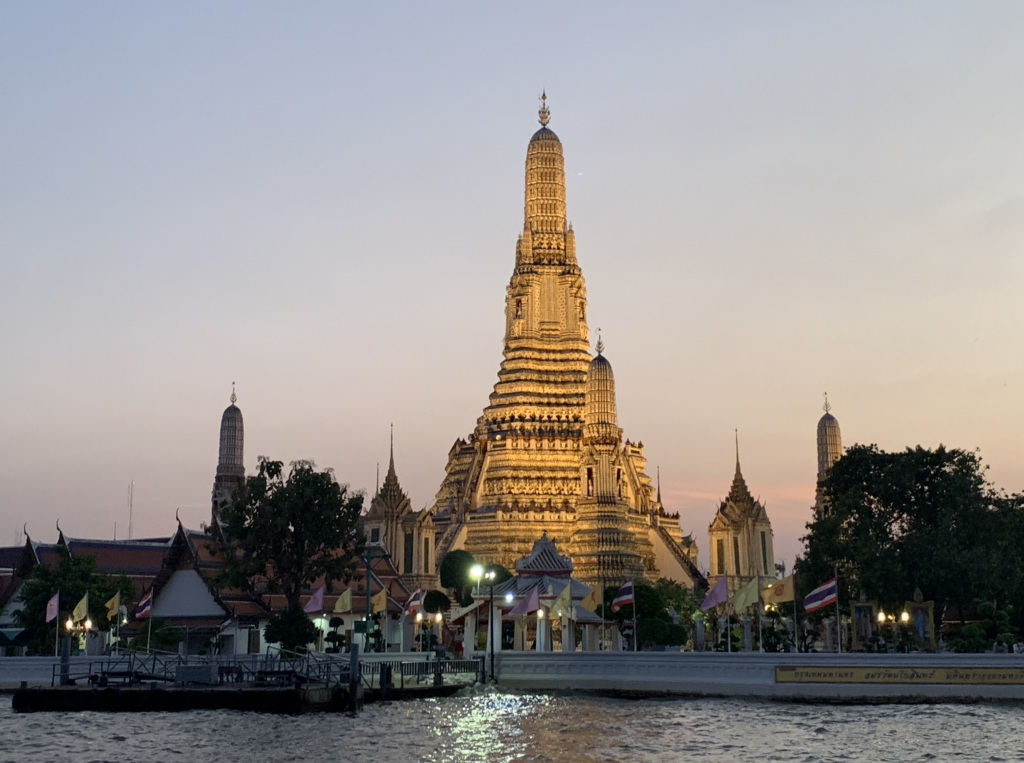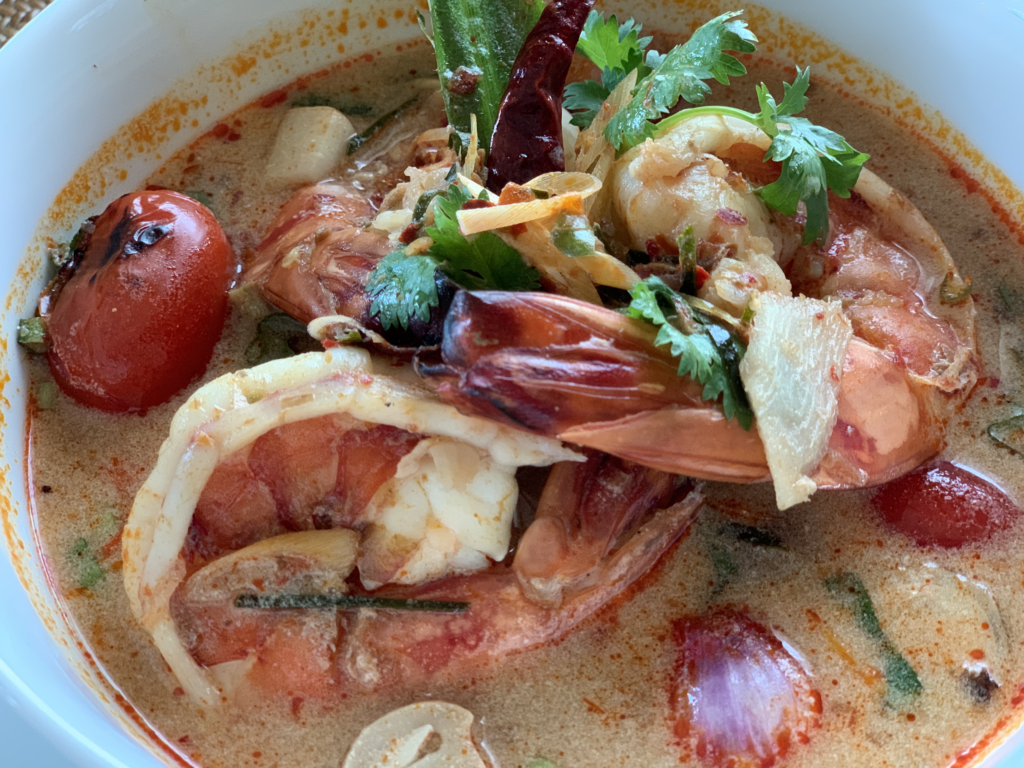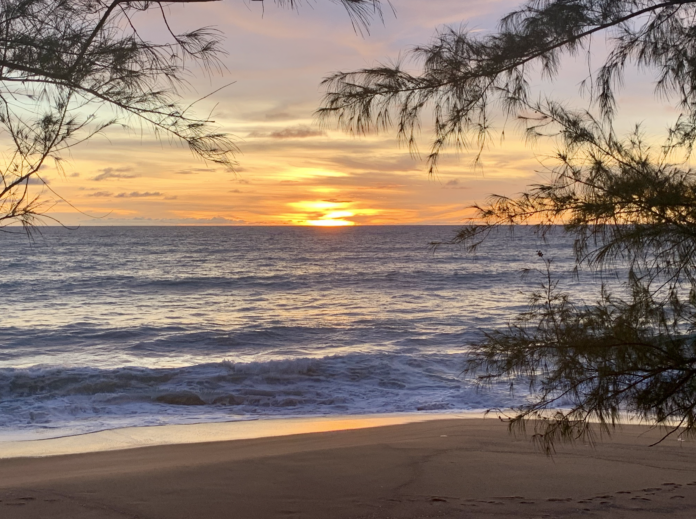Thailand, famously known as the “Land of Smiles,” is a staple on many travelers’ bucket lists, renowned for its enchanting culture, stunning landscapes, and mouthwatering cuisine.
As one of the world’s most popular tourist destinations, there’s tremendous value in digging beneath the surface to experience Thailand like a local. Whether it’s finding hidden gems or savoring authentic flavors, this guide will help you navigate Thailand with insider tips and savvy exploration methods.
Timing Your Trip: When to Visit for the Best Experience
Timing your visit to Thailand can greatly enhance your experience. The peak tourist season runs from November to February is the most comfortable time to visit Thailand, when the weather is cooler and dry, ideal for exploring Bangkok’s bustling markets or lounging on the white sands of Phuket’s beaches. This period is perfect for sightseers and those intent on outdoor adventures without contending with the excessive heat or rain.
However, the shoulder seasons, such as March to May, bring fewer crowds and cost savings. While March kicks off the hot season, it’s also when the celebratory Songkran festival floods the streets with water fights and cultural activities—a must-experience for any visitor. From June to October, the rainy season supplies lush landscapes and an opportunity to explore at a quieter pace, with dramatically lower prices. The west coast islands, like Phuket, might experience heavier rains, but the east coast including Koh Samui remains drier, presenting perfect conditions for island hopping exploration.
Local’s Picks: Must-Visit Places in Thailand
Thailand’s diverse regions offer something for every traveler. Start your journey in Bangkok, the main gateway and vibrant capital of Thailand, where the blend of ancient and modern is most palpable. The city’s heart beats with the vibrant energy of places like the Grand Palace and Wat Pho. Explore the floating markets by longtail boat and delight in street food tours through Chinatown. Don’t miss the famed Manohra Dinner Cruise for a novel riverside dining experience.

Up north, Chiang Mai and Chiang Rai beckon with cultural richness. In Chiang Mai, delve into history at temples like Wat Phra That Doi Suthep and enjoy the city’s renowned Yi Peng Lantern Festival if visiting in November. In contrast, Chiang Rai offers tranquil escapes with its unique temples, including the White Temple and the peaceful Blue Temple. The Golden Triangle, where Thailand meets Myanmar and Laos, provides a fascinating glimpse into a region once known for its opium trade, now focused on tourism and natural beauty.
For island pursuits, the Thai archipelago is incomparable. Visit Phuket on the Andaman coast for lively nightlife and water sports, or explore Koh Phi Phi’s famous diving spots. The Gulf’s Koh Samui promises relaxation amidst luxurious resorts, while nearby Koh Tao is ideal for diving certification due to its rich marine biodiversity. National parks like Khao Sok and Khao Yai provide adventure opportunities with wildlife sightings, jungle treks, and the chance to sleep in unique accommodations like treehouses or floating bungalows.
Budgeting in Thailand: How to Travel Smart and Save
Thailand is a leader in offering incredible value for every budget. While you can indulge in luxury at a fraction of Western costs, you can equally enjoy a memorable trip on a modest budget.
Accommodations range broadly, with backpacker hostels starting around $9 per night and mid-range hotels averaging $50–$100 per night. In high season, consider booking well ahead. Street food, a hallmark of Thai culture, is not only affordable but also delicious, with meals typically costing between $1 and $3. For a more upscale dining experience, expect to spend around $20–$40.
Transportation is another area where you can save. Opt for metered taxis in Bangkok or use Grab for transparent pricing. For longer distances, Thailand’s extensive and inexpensive bus services connect major cities, while budget airlines offer competitive prices for domestic flights if booked early. A key tip is to always have cash on hand, as smaller establishments may not accept credit cards or may apply an extra charge.
Authentic Thai Cuisine: A Guide to Eating Like a Local
Embarking on a culinary journey in Thailand is essential for any visitor. The country’s cuisine is a harmonious blend of sweet, sour, salty, and spicy flavors that captivate and linger. Bangkok’s street food stalls serve up favorites such as Som Tum (papaya salad) and Satay skewers, cooked to perfection by skilled vendors. Pho is another street staple, with its rich broth and satisfying meat slices or exotic ingredients like duck.

In the north, Chiang Mai offers fragrant Khao Soi, a curry noodle soup bursting with flavors reflecting the region’s Burmese influences. Exploring local markets, like Chiang Mai’s night bazaars, allows tourists to taste daily delights from grilled meats to sticky mango rice.
Participating in a cooking class offers deeper insights into Thailand’s food culture. Both Bangkok and Chiang Mai feature numerous cooking schools where visitors can learn to craft traditional dishes like Green Curry or Pad Thai, extending your Thai experiences well into the home kitchen.
Getting Around: Navigating Thai Transport Like a Pro
Navigating Thailand’s cities and islands requires an understanding of its various modes of transport. In bustling Bangkok, the BTS Skytrain and MRT subway systems provide efficient ways to explore city highlights. These modes are reliable, air-conditioned, and largely immune to the infamous Bangkok traffic jams.
For short distances, tuk-tuks offer novel experiences, although it’s essential to agree on fares before commencing your ride. Motorbike taxis are available for swift solo travel, proving popular among locals. For inter-city travel, long-distance buses and trains offer comfortable journeys; sleeper trains being a favored way to travel overnight to destinations like Chiang Mai.
Booking domestic flights can save time, especially with affordable fares often available through budget airlines. When visiting islands, ferries and speedboats connect you seamlessly, though it’s advisable to book ferry tickets in advance during peak tourist seasons or busy weekends.
Hidden Gems: Off-the-Beaten-Path Adventures
Beyond the well-trodden routes, Thailand’s hidden gems await discovery. In the province of Kanchanaburi, the historic Death Railway and the serene Erawan Falls offer a mix of history and nature. Spending a night in a floating house over the River Kwai adds to the locale’s allure.
For island solitude away from throngs of tourists, look towards Koh Yao Noi. Known for its tranquil atmosphere and stunning views of Phang Nga Bay, this island is perfect for romantic retreats. Meanwhile, in the remote corners of the Isan region, travelers can experience traditional Thai village life, offering glimpses into age-old customs and culinary practices unique to this part of Thailand.
Day Trips and Excursions: Discover More with Less Time
Thailand’s accessibility makes day trips an appealing option for travelers. A short journey from Bangkok can take you to the ancient ruins of Ayutthaya, offering a captivating day of exploration through temples and palaces. Alternatively, venture to Pattaya for beaches and water sports or to Khao Yai National Park for wildlife excursions.
In the north, Chiang Rai is within reach for a day trip from Chiang Mai, allowing visits to the enchanting Blue and White Temples and a cruise down the Mekong River. For those in the south, island-hopping tours from Phuket encompass the Similan Islands or the natural wonders of Phang Nga Bay. These excursions compress rich experiences into single-day itineraries, ensuring you make the most of your time in Thailand.
Festivals and Celebrations: Experience Thailand’s Vibrant Culture
Thailand’s festivals are vibrant expressions of its rich cultural tapestry. The Songkran Festival, Thailand’s most famous celebration, invites everyone to partake in water fights ushering the Thai New Year with vigor. Held from April 13 to 15, it’s a time of joyous revelry nationwide, from the streets of Bangkok to the serene avenues of Chiang Mai.
For a more ethereal experience, the Yi Peng Lantern Festival in Chiang Mai, occurring in November, showcases thousands of lanterns released into the night sky. This festival aligns with Loi Krathong, where small, decorated rafts are set afloat across water bodies as a symbolic gesture of letting go of darkness. These occurrences offer unforgettable experiences capturing the true spirit of Thai tradition.
Thai Etiquette and Customs: A Guide for Respectful Travel
Respect for Thai etiquette greatly enhances your travel experience. Always greet with the “wai,” a gesture made by pressing your palms together and slight bowing. When visiting temples, dress modestly by covering shoulders and knees, and remove footwear before entering sacred spaces.
Public displays of affection are considered inappropriate, while feet should be kept off tables or chairs and pointed away from religious icons, as they’re deemed the lowest part of the body. Expressing opinion on the monarchy is both culturally inappropriate and illegal, subject to punishment under Thailand’s strict lese-majeste laws. Respect and humility remain core to traveling respectfully in Thailand.
Safety Tips: Staying Secure While Traveling in Thailand
Though generally safe, maintaining vigilance ensures a secure journey in Thailand. Avoid carrying excessive cash and keep your valuables secure. Use only certified taxis or Grab to avoid scams, particularly in tourist hotspots like Bangkok and Phuket.
Stay updated on health advisories, particularly concerning mosquito-borne diseases like dengue fever. Bring a good mosquito repellent and wear protective clothing in rural areas. During ventures into unfamiliar locales, always inform friends or accommodation of your plans, and consider travel insurance for peace of mind.
In conclusion, venturing through Thailand’s diverse landscapes and rich culture is a thrilling endeavor. From sunlit beaches and bustling cityscapes to quiet retreats and historical landmarks, Thailand offers myriad experiences tailored to every traveler’s desires. Intertwining well-planned travel tips with spontaneous exploration allows you to navigate and appreciate Thailand like a local, making your journey not just a trip, but a deep immersion into one of the world’s most enchanting destinations. 10 to 14 days is the typical duration for first visits to Thailand, covering the key highlights and offering a multitude of experiences for any traveler. Whether it’s savoring authentic Thai cuisine, attending a vibrant festival, or unraveling historical mysteries, your adventure in the Land of Smiles is bound to leave an enduring impression.


